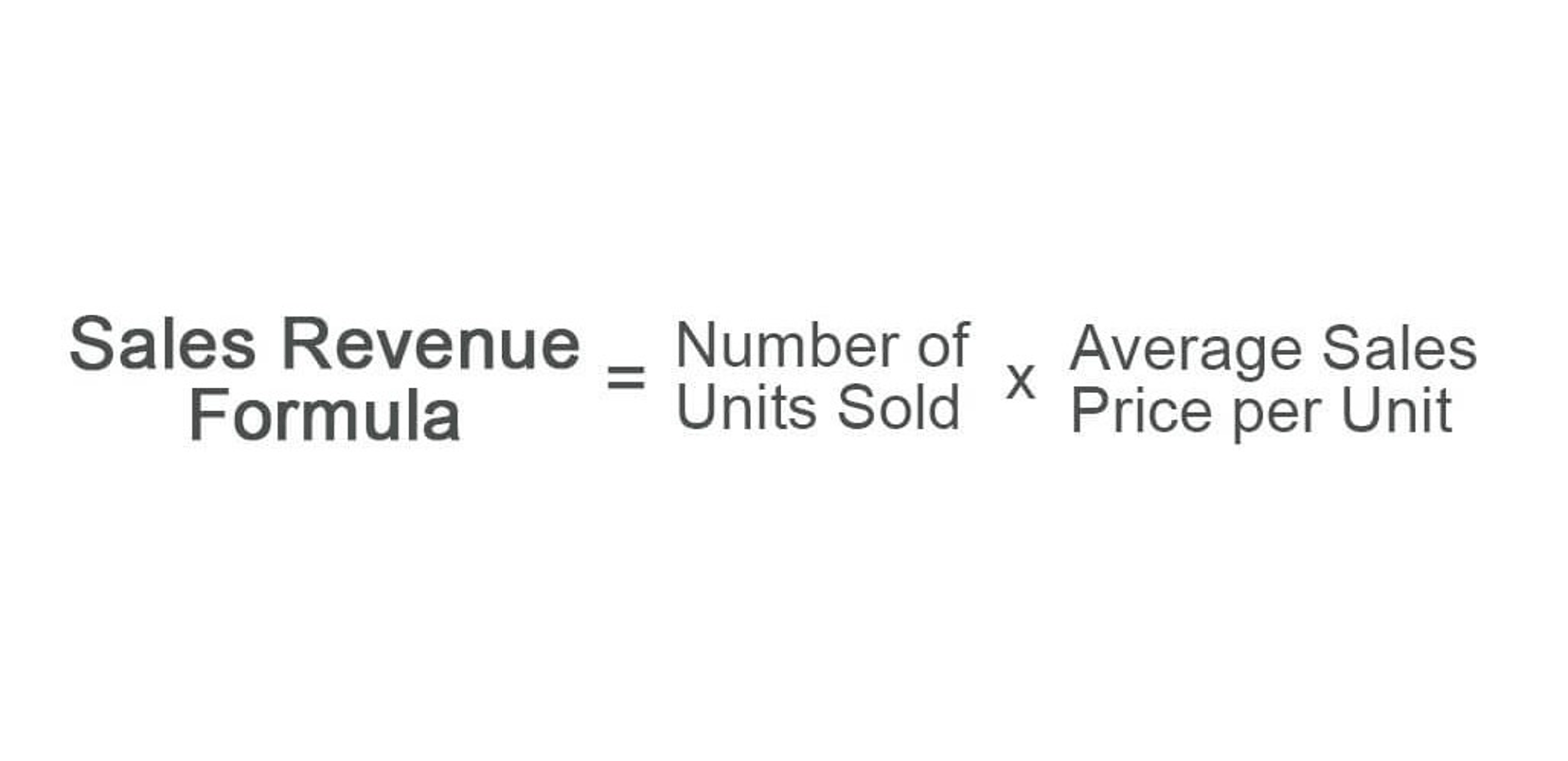
Using the accounting equation will help you keep your books balanced. The primary disadvantage of single-entry bookkeeping is its lack of accuracy and reliability. Because transactions are only recorded once, there is a higher risk of errors and inaccuracies, which can lead to incorrect financial statements and poor decision-making. One of the most significant advantages of double-entry bookkeeping is its accuracy and reliability.
A single entry system is an accounting method in which each accounting transaction is recorded with only one entry in the accounting records. It is the oldest method of maintaining financial records in which an entry is made for every financial transaction. This type of bookkeeping is not single entry bookkeeping vs double entry for large and complex organisations. It does not track various accounts like inventory, accounts payable, and accounts receivable. We can use single-entry bookkeeping to calculate net income, but we cannot use it to prepare a balance sheet and track the asset and liability accounts.
Single- Vs. Double-Entry Bookkeeping
On one hand, he has received goods and on the other hand, the cash is given to ABC Corp. As per the Double Entry system, we will record both the aspects of a single transaction, i.e., the increase in goods with the decrease in cash. On the other hand, double entry system of bookkeeping is based on fundamental prinicples of accounting and so it records each and every aspect of the transaction. You need to know about various accounts if you want to master the art of double entry bookkeeping. These sorts of accounts are the deciding factor behind the types of double-entry accounting. The single-entry system is an unsystematic method of recording and keeping business financial transactions since it doesn’t feature any fixed rules or principles for updating the records.
As we mentioned, there are always two or more accounts affected in an entry. Every time there is an entry, the debits and credits balance in the entry. So what is the stark difference between single-entry bookkeeping a double-entry accounting?
A double-entry bookkeeping system gives a complete picture of your financial health.
You don’t have to hire a professional bookkeeper or accountant to manage your single-entry bookkeeping system; hence the cost is low compared to the double-entry system. The primary reasons that drove businesses to opt for the single-entry system traditionally are now obsolete, thanks to the rapid growth of technology over the years. It is now extremely convenient to use the double-entry system of accounting using accounting software, and there is no requirement of formal training to use these tools.

This is how we arrive at the term “balancing the books.” A small example will help you understand this equation. There are two main types of such activity, the choice of which depends on the characteristics of your particular company. While single-entry has its perks when discussing Single entry vs. Double Entry, there are advantages double-entry has over single entry.
Generate a Trial Balance
The single-entry method of accounting is considered incomplete as it does not recognize the nominal and real accounts but instead only maintains the business’ cash account. After more information on the difference between single-entry and double-entry systems for bookkeeping? Plus, the single-entry system doesn’t require complicated accounting software—a simple spreadsheet or program will do. There are two types of methods that are most commonly used in bookkeeping. These include single-entry bookkeeping and double-entry bookkeeping. If your total balance is not zero at the end of the calculations, there is an error in your records.
The use of a Double Entry System of accounting to record transactions is also recommended by tax laws. However, this process is time-consuming as compared to a single-entry system. To put it another way, debits and credits must be equal in each accounting transaction and totalled. Frankly, for most small businesses, single-entry bookkeeping will get the job done. It will be cheaper, faster, and less of a headache if you don’t have any accounting experience. The entry is then a debit to accounts payable for $1000 and a credit to cash for $1000.
To use these programs, you don’t need a strong understanding of the single-entry or double-entry bookkeeping process. The computer programs provide prompts and walk you through the programs. There are many programs on the market ranging from those that can be downloaded on the computer, accessed online, or stored in the cloud.
Equity is the owner’s stake, including owner contributions into the company. Imagine, for example, that you sold all of your assets for cash and used the cash to pay off all your liabilities. A P&L displays how profitable a company is within a certain period of time. It’s a key document to understand your company’s financial health and see where you can or need to cut costs. Single-entry bookkeeping is focused on producing this report, which may give small business owners all the tools they need to monitor their business finances themselves. Single-entry bookkeeping is characterized by the fact that only one entry is made for each transaction, just like in your check register.



